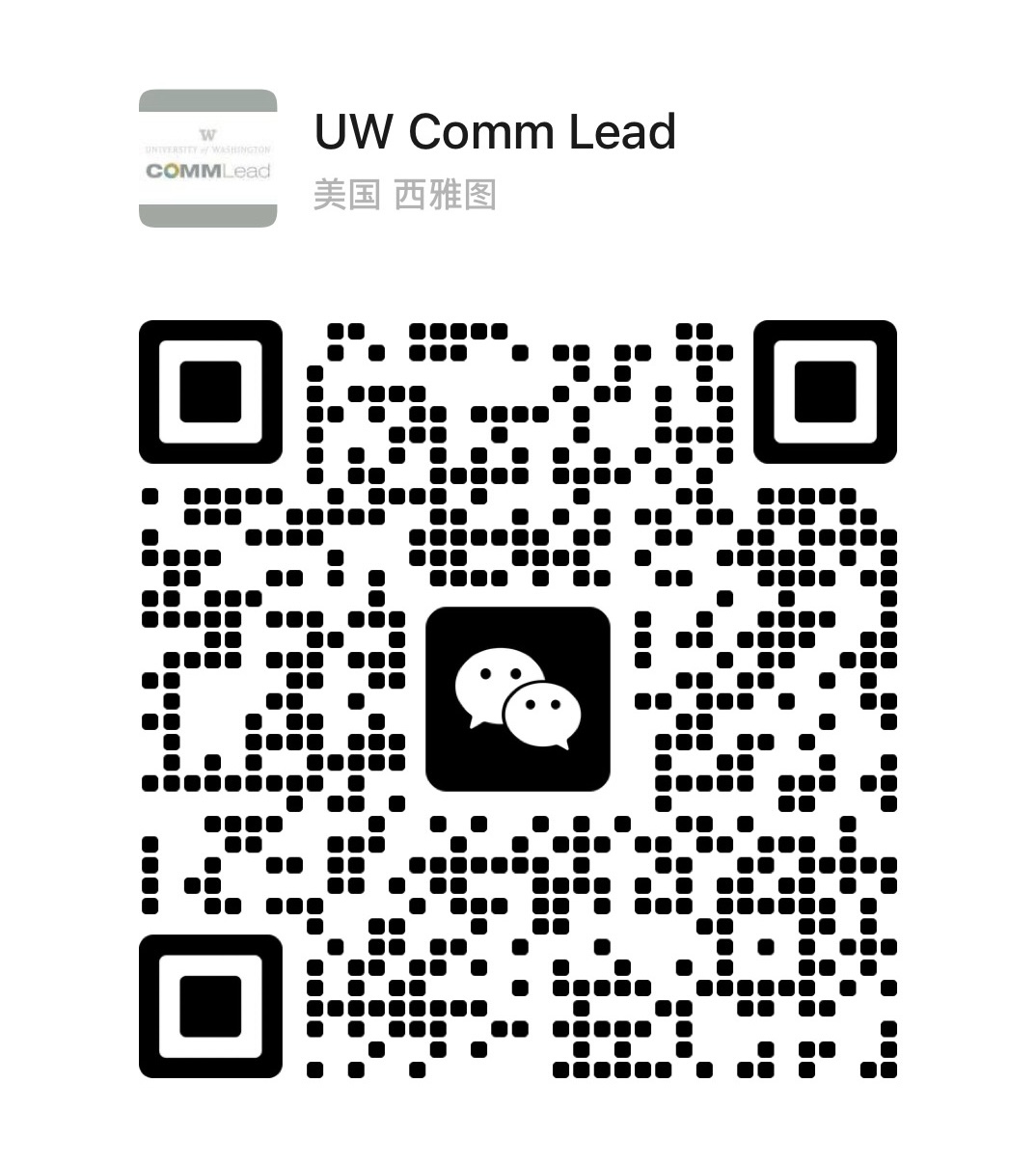Course Description
Organizations of all sizes across all sectors rely on community-facing events to build their resources (people’s time, talent, and treasure) to achieve their stated goals. COVID upended these annual events, and as the U.S. eases into a new season of the pandemic, nonprofits with mighty missions are faced with a dilemma: what do community engagement events look like in 2022? At the Seattle-based organization FEEST, this is a critical question given their mission of youth-led food justice. How can FEEST communicate and engage the public creatively in ways that preserve the “breaking of bread” connections that are formed shoulder to shoulder at a shared table? Students will be asked to help FEEST reinvent a Spring 2022 showcase event by researching and designing inventive ways to build community, promote awareness, and center youth leadership. The design challenge of this practicum spans sectors and tools and strategies learned in this practicum have wide application.
About 503 Communication and Leadership Practicum
Communication and Leadership Practicum courses give students an opportunity to engage with and understand the uses of course concepts in contemporary professional practice by addressing the challenges of real-life organizations.Each section of the Comm Lead Practicum focuses on a distinct professional skill or practice that is deemed essential across a variety of professional fields. Students can choose their section based on their interests and needs.
Each section is matched with a client organization or group of client organizations who are interested in partnering with Communication Leadership students.
In the span of a quarter, students analyze the issues faced by the client organization(s), collaborate and brainstorm collectively in small teams, and with the support of their faculty mentor create a deliverable for the client organization(s) that relates to the specific practice. Students may also create creative samples as part of the project. In doing so, students can develop and enhance skills, build foundations of practice, and produce work that they can include in their own professional portfolios.

 University of Washington
University of Washington